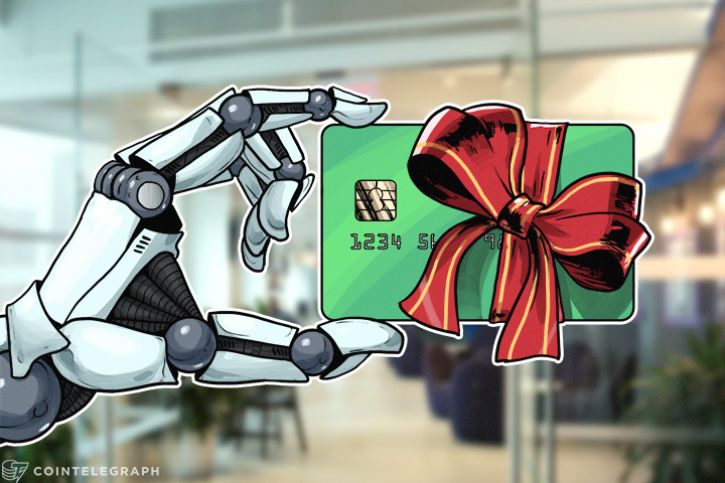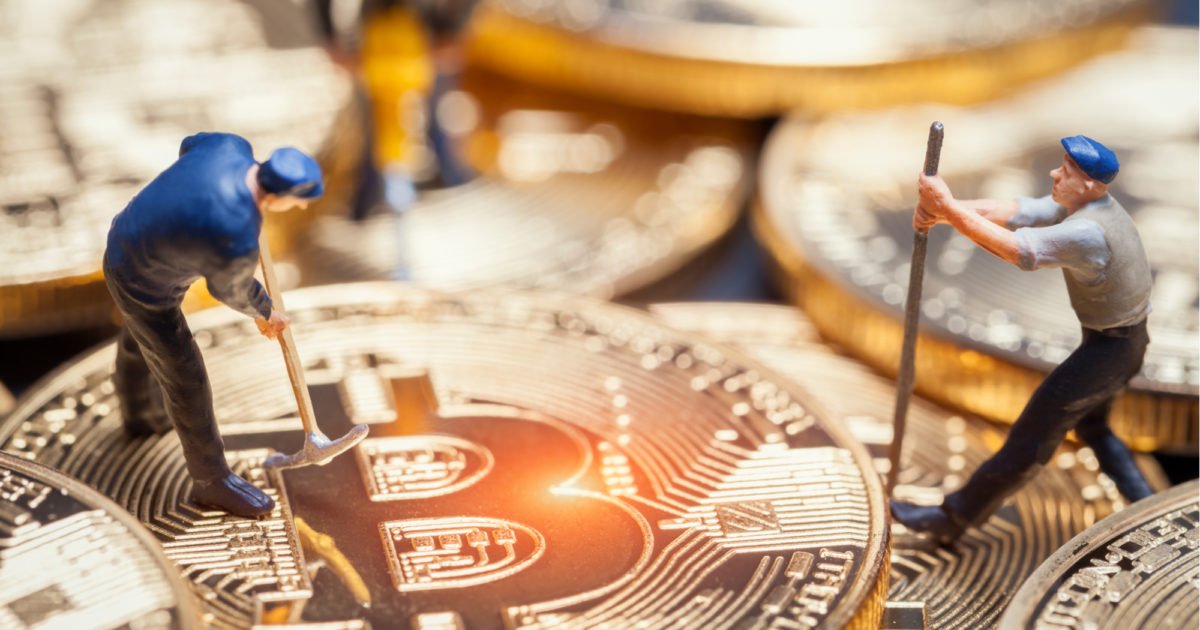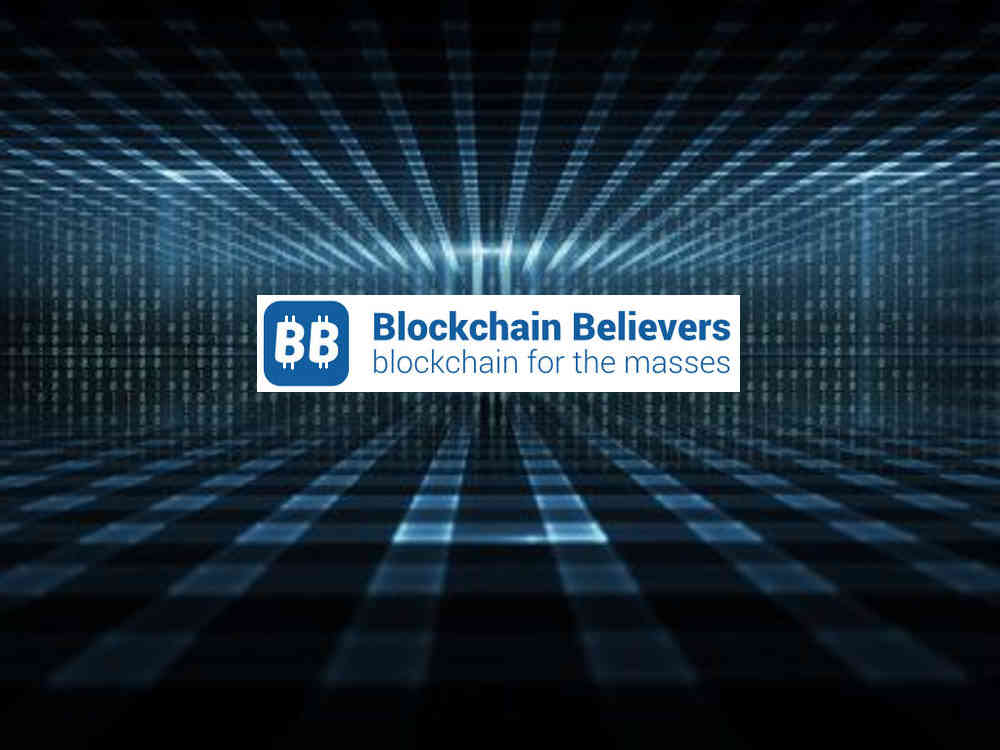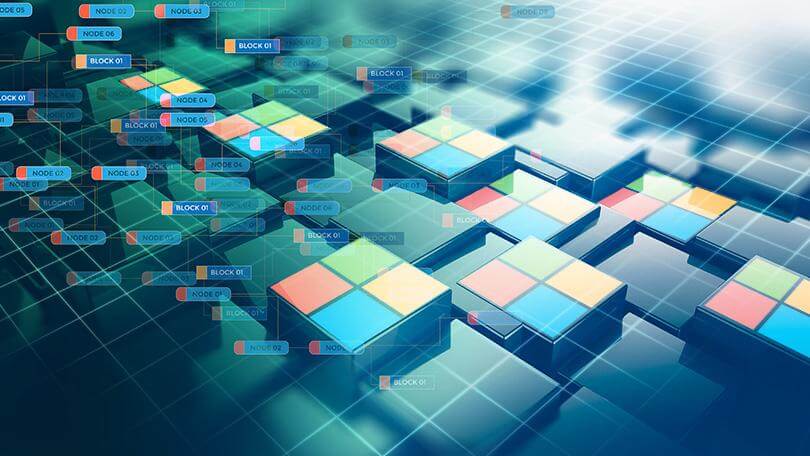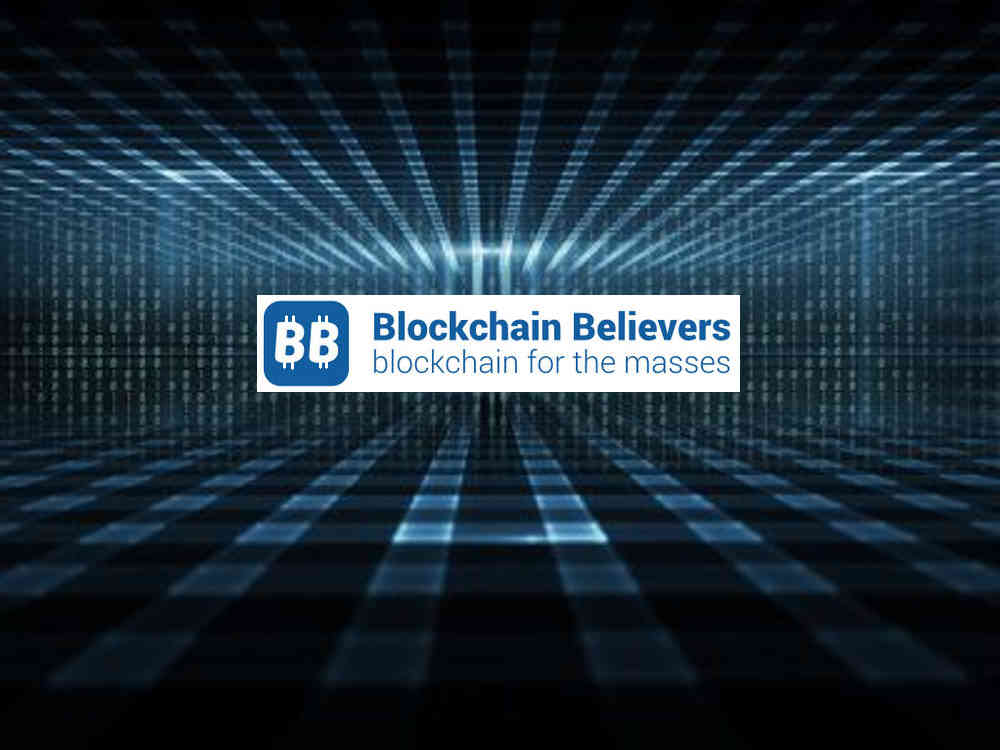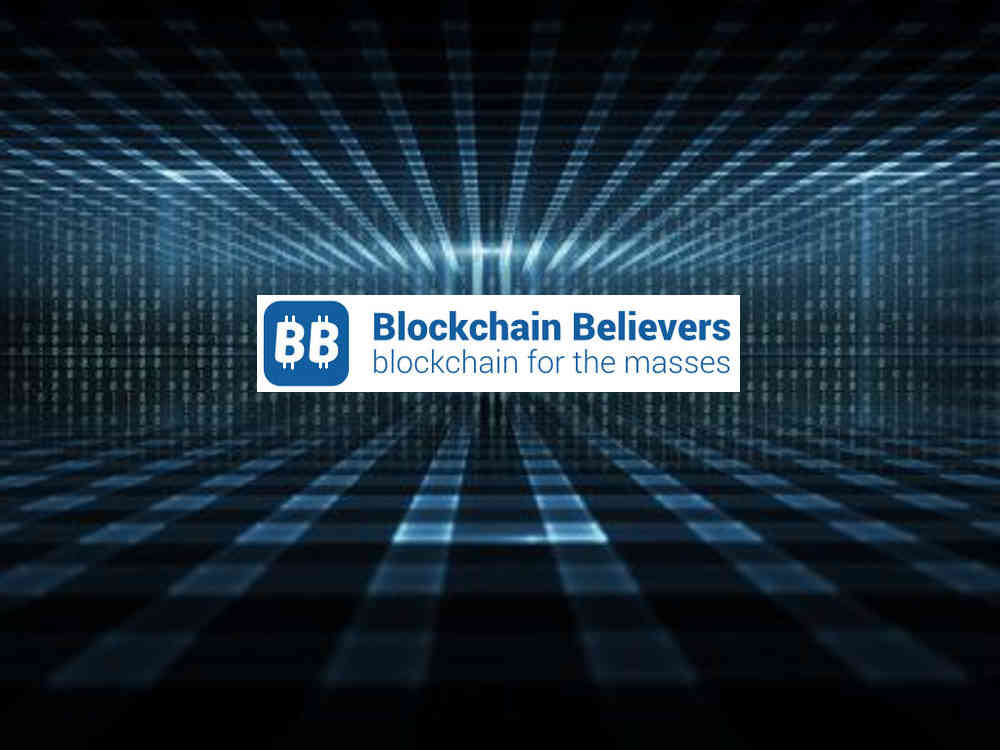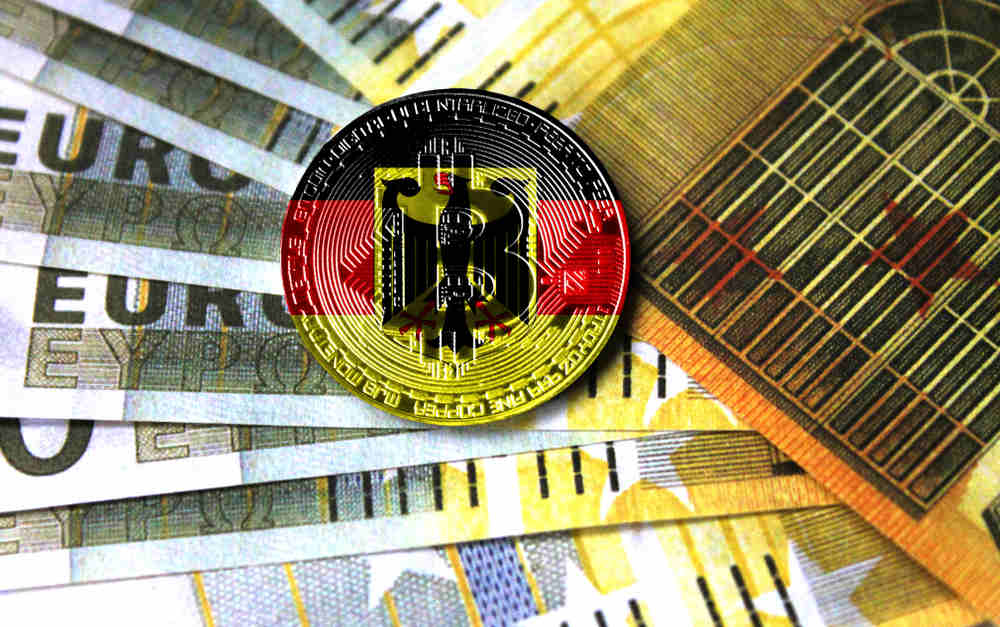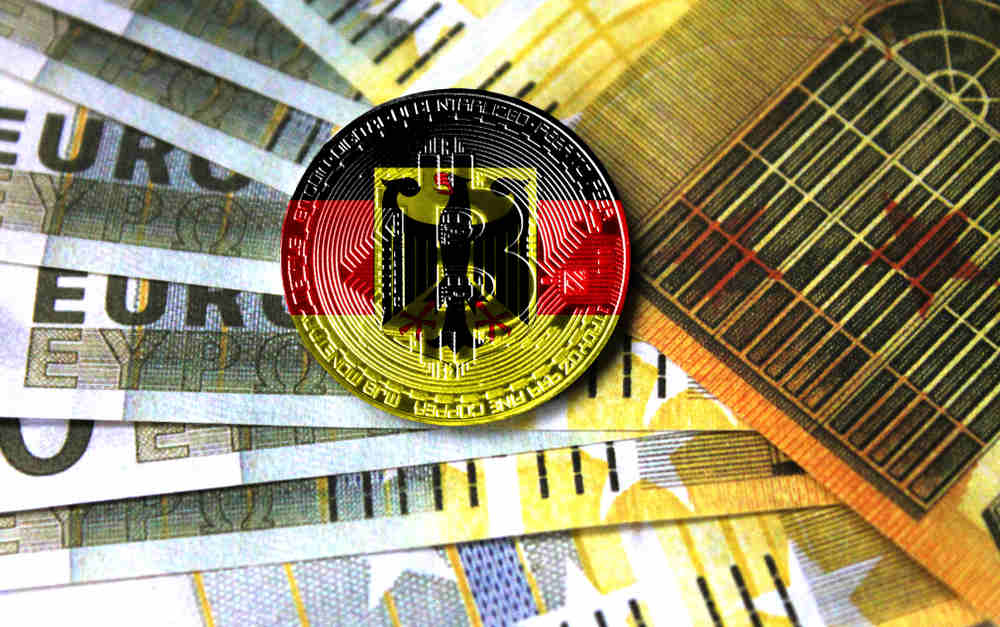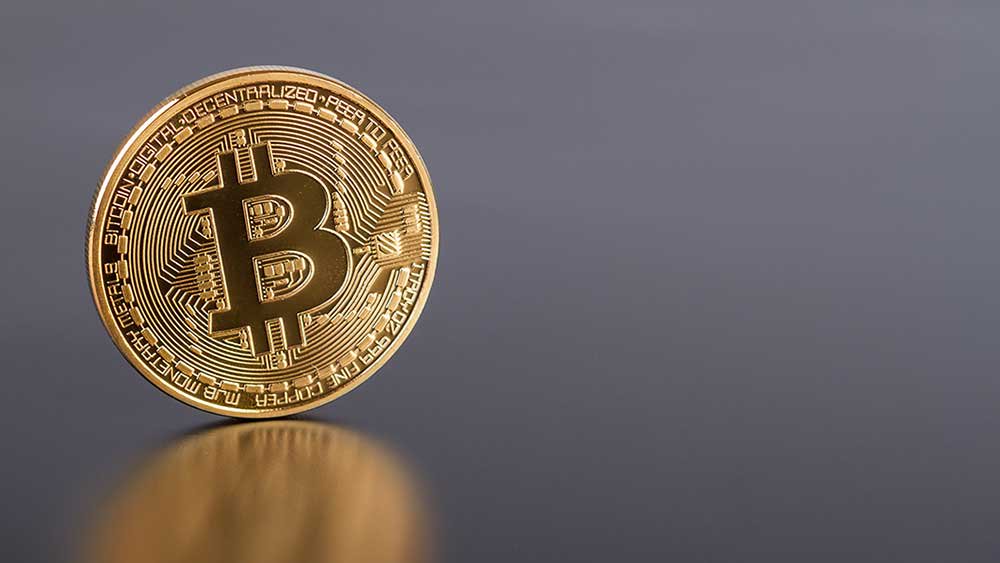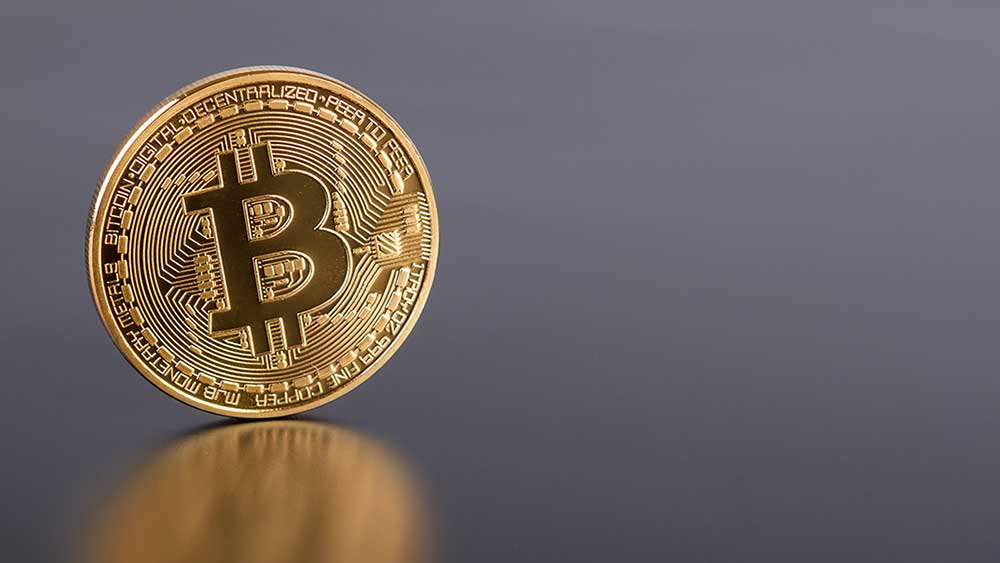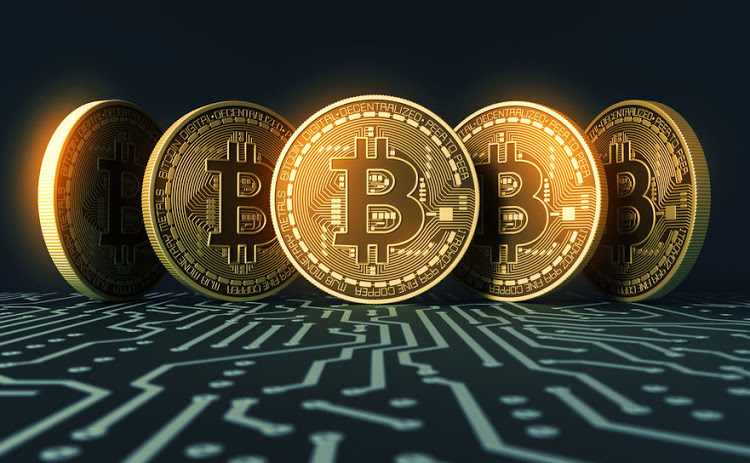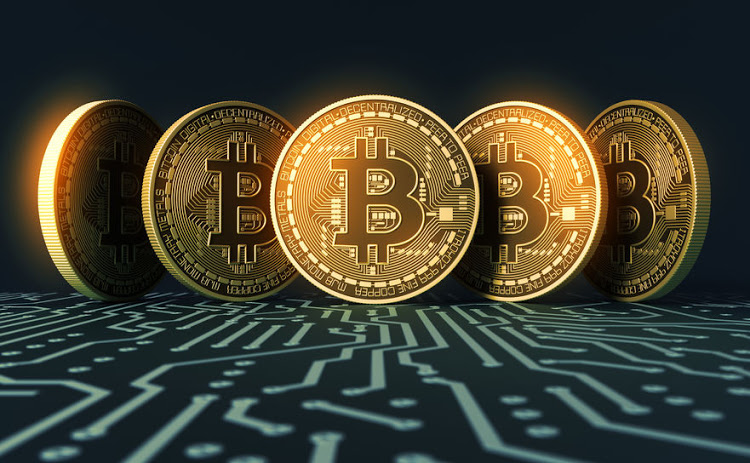It may be hard to believe, but two billion people in the world still do not have a bank account. Most of them live in low and middle income emerging markets, but even in high-income countries, large numbers of people are unable to use banks to meet their day to day financial needs. This means they don’t have access to the convenience, to security and to interest that banks provide.
Moreover, many people have access to a bank account but do not have adequate access to the financial services that banks can provide. These people are known as the underbanked. Even in the United States, for example, 33.5 mln households were recognized in 2015 as unbanked or underbanked, over 25 percent of the population! Without access to savings and credit, these people cannot participate in the virtuous cycle of economic growth, instead of remaining in a vicious cycle of poverty.
Clearly, the unbanked and underbanked together constitute a large market that is not well served by existing institutions. In the third world countries, large banks do not want to extend credit to the underbanked. Even when they do, they charge very high interest rates to offset the risk. For a time, microfinance institutions provided a way for the underbanked to access much-needed credit, but in recent years, large banks have begun to participate in microfinance. In the process, the interest charged on microfinance loans has increased significantly and become a major pain point for the unbanked.
Blockchain to the rescue
Blockchain technology has the potential to help the unbanked and underbanked by allowing them to create their own financial alternatives in an efficient, transparent and scalable manner. One of the biggest challenges banks face when trying to serve the unbanked is that many of them do not have clear identifying information, making it difficult to implement “Know Your Customer” practices.
Source/More: How Blockchain is Banking the Unbanked | News | Cointelegraph

